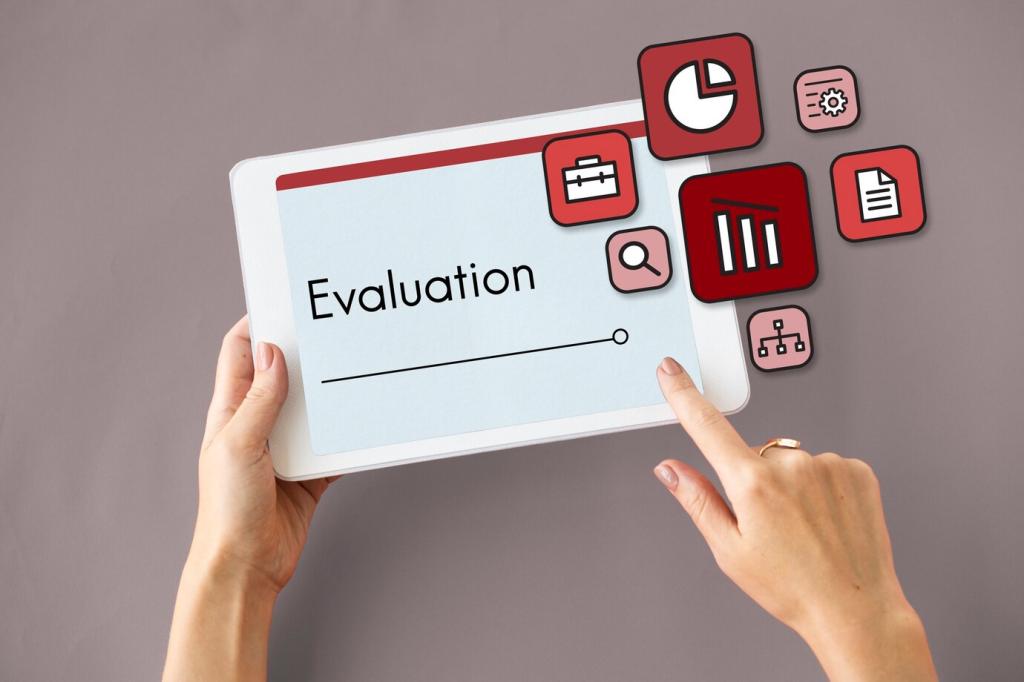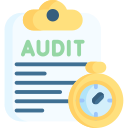
Technology Audit Framework for Risk Management
Selected theme: Technology Audit Framework for Risk Management. Build a resilient, trustworthy organization by aligning technology controls with real risks, clear accountability, and evidence that stands up to scrutiny. Stay with us, subscribe for practical playbooks, and share your toughest audit questions to shape future deep dives.
From Firefighting to Foresight
A strong technology audit framework replaces reactive scramble with proactive clarity. It connects risk scenarios to systems, data flows, and controls, making weaknesses visible before they become incidents. You move from patching after the fact to planning ahead, with tested safeguards and transparent accountability.
Trust as a Strategic Asset
Trust is not a slogan; it is a measurable outcome of controls that work. When your audit framework reduces downtime, prevents data leakage, and shortens recovery, customers feel it, boards see it, and regulators acknowledge it. Trust becomes a competitive advantage grounded in evidence.
A Story from the War Room
During a midnight outage, a team discovered a missing approval in a critical deployment path. The audit framework traced the gap to an ambiguous policy and a skipped check in automation. Within days, the organization implemented a clearer control, added monitoring, and prevented a repeat failure.
Core Pillars of a Technology Audit Framework
Define who decides, who executes, and who verifies. A concise charter, clear roles, and a living RACI stave off confusion when stakes are high. Decision rights, escalation paths, and independence guardrails make everything else in the audit framework purposeful and credible.
Core Pillars of a Technology Audit Framework
Start with business objectives, then map threats, vulnerabilities, and impacts to technology assets. Score likelihood and consequence, validate with scenarios, and focus on material risks. Prioritization ensures people spend time where risk reduction meaningfully protects value.
Use materiality thresholds, asset criticality, and recent incident data to determine where to look first. Calibrate scope to available capacity while ensuring high-risk processes and systems receive appropriate depth. Document rationale so reviewers understand what was included and why.
Practical Methodology: Scope, Test, Report
Collect reproducible, dated, and tamper-evident artifacts. Apply sampling strategies and automated extraction to reduce bias. Keep workpapers tidy and cross-referenced to procedures, so any informed reader can retrace steps and reach the same conclusions without guesswork.
Practical Methodology: Scope, Test, Report

Cyber, Cloud, and Third Parties
Focus on privileged access, onboarding speed, and recertification cadence. Test least privilege, multi-factor coverage, and break-glass procedures. Evidence should show approvals, expiry dates, and exception handling, so auditors and engineers share the same, verifiable truth.
Clarify the split between provider controls and your obligations. Verify configuration baselines, encryption, and workload isolation. Align tests to each service model so no gap hides behind assumptions. When shared responsibility is explicit, remediation becomes faster and more precise.
Assess vendors with risk-tiering, questionnaires, attestations, and targeted testing. Validate SOC reports, remediation follow-ups, and software bill of materials where relevant. Track contractual obligations and evidence dates, because stale assurances can mask emerging exposure.


Create a clear matrix linking your controls to COSO principles, ISO 27001 clauses, and relevant NIST guidance. This reduces audit fatigue, strengthens defensibility, and enables you to answer regulators and customers with consistent, reusable evidence packages.

Treat IT general controls as business-critical, not just compliance chores. Test change management, logical access, and operations rigorously. Tie exceptions to potential misstatements so finance leaders understand urgency. Invite your controller to subscribe for our SOX-focused checklists.

Integrate data minimization, retention, and consent into control design. Where AI is used, apply model risk management principles and testing protocols. Show explainability, monitor drift, and document decisions to protect individuals and uphold organizational values.


People, Culture, and Change
Blend risk judgment with data literacy, scripting basics, and cloud fluency. Encourage certifications that matter but prioritize hands-on labs and pairing with engineers. Curiosity and communication turn technical findings into improvements that last beyond the audit window.
People, Culture, and Change
Replace surprise audits with transparent calendars and office hours. Explain the why behind tests and celebrate fixes, not just findings. When control owners feel respected, they engage earlier, ship better evidence, and contribute ideas that strengthen the framework.

